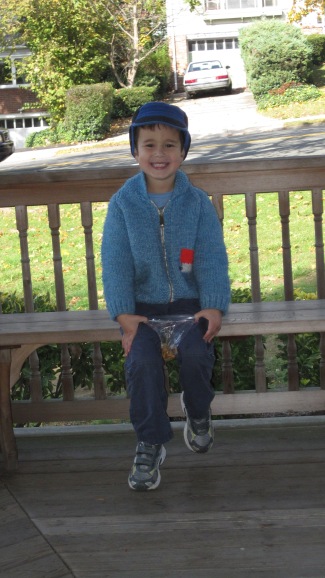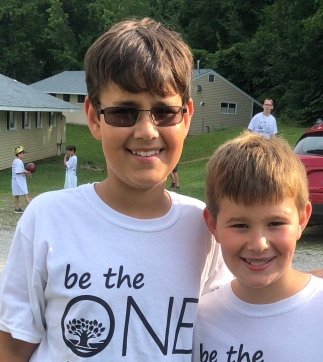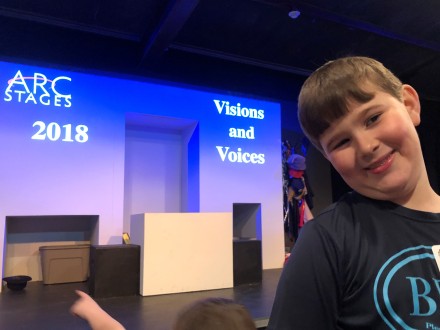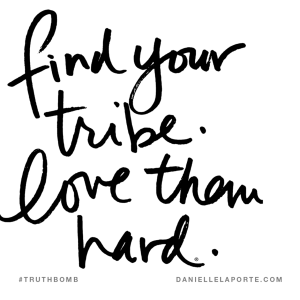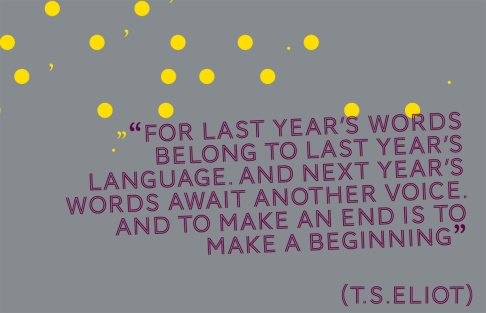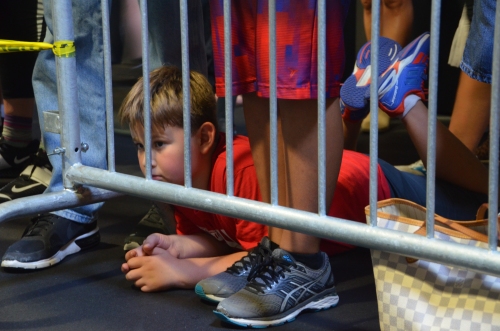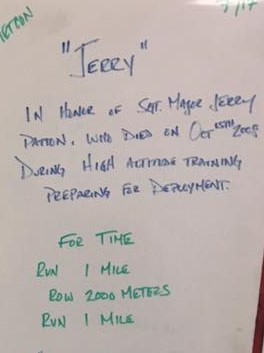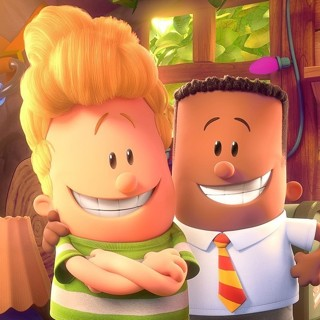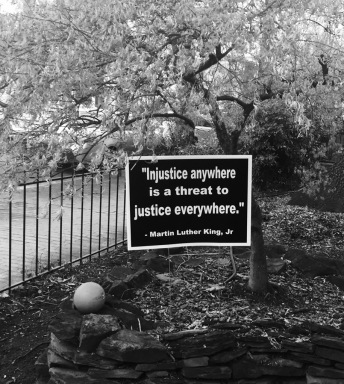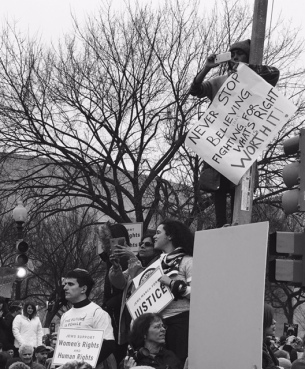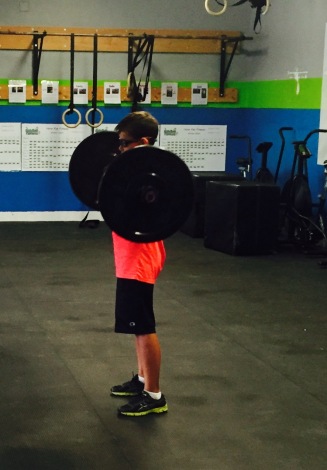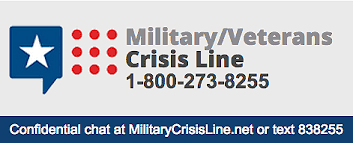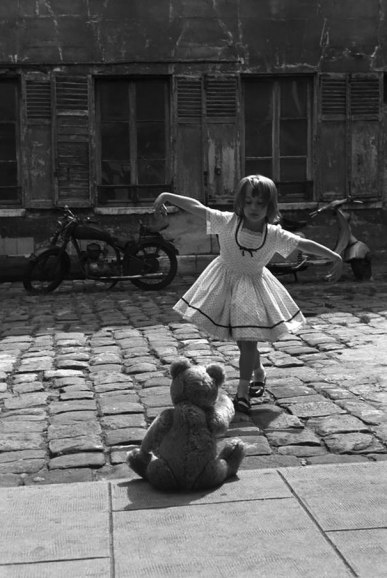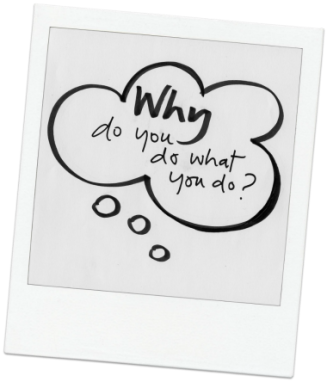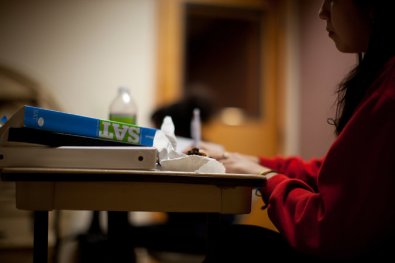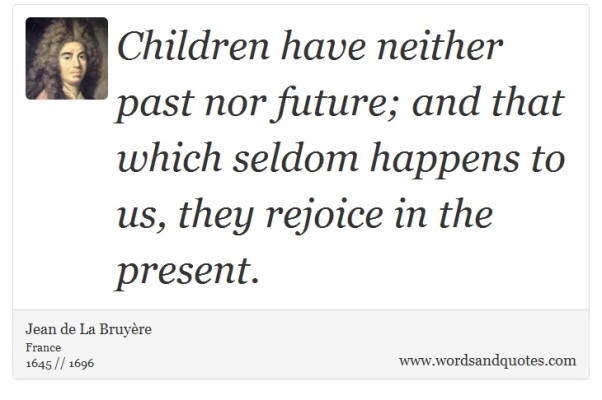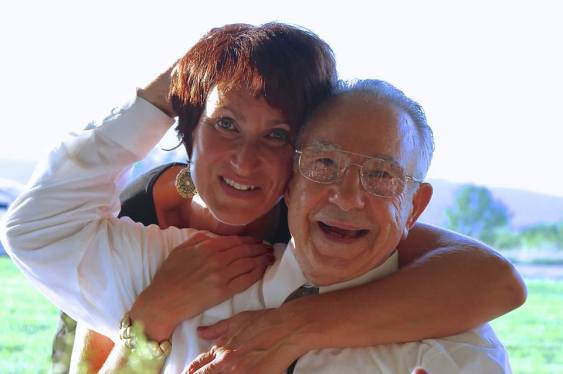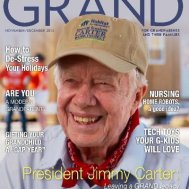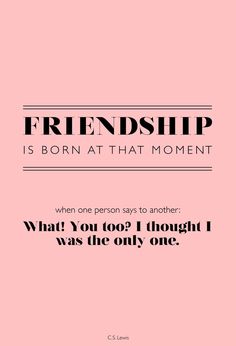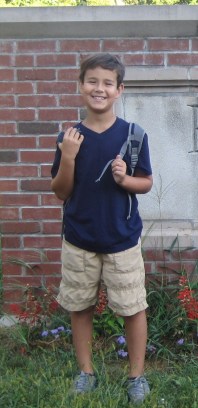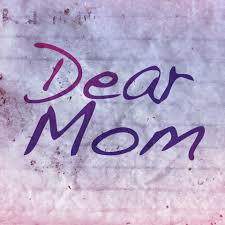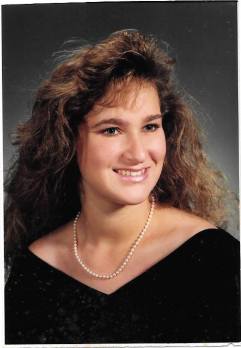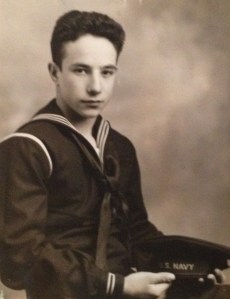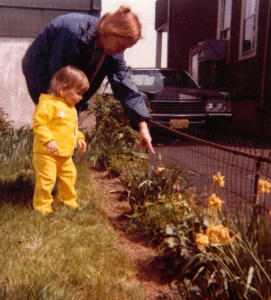


Mac and I struck our deal over Sicilian pie.
“Turn Jew and I’ll marry you.”
I shook my head. “You’re crazy.”
“Then raise the kids Jewish.”
Bringing up nonexistent children in a faith other than my own seemed easier to digest than lukewarm mozzarella.
“Okay,” I shrugged.
One civil ceremony, two children, and fifteen years later, Mac and I have put some mileage on our interfaith marriage bus since that momentous meal.
Turns out, there are many of us traversing a similar highway.
Hoping our collective experience might offer insight to couples merging toward the on ramp, I reached out to a handful of drivers in my lane. Together we created a travel guide we wished someone had stashed in our glove compartment.
1. Know your baseline
A clear belief system is the anchor for future decision making.
Leah, a Jewish woman whose spouse identifies as agnostic found questioning and self-talk freed her of dogma that didn’t sit well.
Flushing out what spiritually, culturally, and religiously, if anything was important to me:
not extended family,
not community,
but me
before I was in a committed relationship would have saved me years of agita.
2. Face Fears
Fear is at the root of all issues interfaith.
Jill, a spiritual woman who is married to a Jewish man, raised Jewish children, and is active in her church and synagogue believes,
“If you are strong in who you are, then there is nothing to fear. Notice when you feel threatened and investigate within yourself.”
My decision not to convert to Judaism is partially driven by fear. While I’m proud of and dedicated to fostering Bubbe and Skootch’s religious and cultural identity, I am convinced that keeping a foot firmly planted in each camp will protect my sons’ from stereotype, anti-Semitism, and feeling left out.
Fear continues to outweigh rational thought and so, I have more investigating to do.
3. You are you
My ideas, values, and traditions were not lost when I married someone from a different faith.
Individual identities are often clarified and strengthened when one is in an interfaith relationship as its nature requires each party to listen, reflect, and respond regularly.
I still hear Mac say, “Marrying outside my faith made me a better Jew. It puts me in a position to think about what really matters.”
4. Your children will always be yours
About a minute after Bubbe’s bris an outsider remarked, “He should go to the mikvah. It’s part of the deal.”
Emotions muddled by post partum hormones, I felt torn between the conviction to do right by Mac’s Conservative Jewish upbringing and dread that Bubbe’s formal conversion would jeopardize our mother-son bond.
In search of guidance, I went to see a Reform Jewish rabbi. She explained the difference between Reform, Conservative, and Orthodox interpretations regarding matrilineal descent and ultimately offered,
“Think of bringing your baby to the ritual bath as a beautiful rebirth.”
Screw that, I thought. What was wrong with his first one?
Bubbe never made it to the mikvah.
From dirty diapers and first words to stomach flues and first good-byes, believe you me, the kid is all mine. And when it comes time for him to stand on the bimah as a Bar Mitzvah, this Catholic mom will beam with pride.
5. Make a plan
The interfaith jury has spoken. Whether it’s before the nuptials or on the second date, but definitely before babies make an appearance;
Decide.
How will you raise the children?
Will your family stick hard and fast to one religion, formally teach two, or like Laurie who is one-half of an interfaith and intercultural couple, celebrate and observe all holidays and life cycle events with a focus on spirituality, values, tradition, and gratitude?
Discuss religion even if one party isn’t religious. Make your position known. Be aware of choices and stay open to compromise. Do your relationship a long term favor; don’t rush this conversation to avoid cold pizza.
Invest the time.
The original plan will likely change, but a shared vision will minimize confusion, create the structure and identity children crave, and help all parties feel safe.
6. Show up
Stacey, a proud Italian who was raised Catholic and her husband, a conservative Jew decided to raise their children in the Jewish tradition. He was responsible for schul shopping and schleps the kids to Hebrew School. She holds court during the holidays and planned each child’s Bar and Bat Mitzvah celebrations with care.
Laurie and her spouse deem it the responsibility of the parent whose tradition is being celebrated to teach the children about it in a meaningful way.
Regardless of approach, each person takes a turn behind the wheel.
7. Resentment happens
Humans err, life is messy, and resentment happens regardless of how hard we interfaith folk plan.
When a wife is stuck writing out the family’s Happy Holiday cards all alone when she wanted them to say Merry Christmas in the first place or a husband plans a Passover Seder solo because his non religious partner won’t budge, bitterness ensues.
When the bus gets wedged in a ditch, Mac and I talk honestly about needs and feelings; then come up with a strategy to dig our way out.
8. Find a friendly rest stop
Sometimes I feel banished to purgatory, belonging to neither side.
When my children were young, I was fortunate to find a local interfaith group. During our regular “Coffee Talk” meet ups, we kicked around ideas, vented, listened, sought validation and understanding, and offered guidance. These women and men were my leaning post and sounding board.
Every now and again, a new driver pulled in and shared her story. Within a few sentences, she cried. It never failed. As the group watched the newbie let the air out of her tire, we recalled the struggle and welled up too.
The Coffee Talkers always left our friendly respite a little more relieved and a little less alone on the journey.
9. Holidays and life cycle events are rough
The ride gets bumpy during holidays and life cycle events. Isolation, frustration, sadness, and anxiety gurgle to the surface causing the bus to overheat.
When I find myself reaching for Tums, I make connections between Christian and Jewish traditions and then, build my own bridge.
10. Build your own bridges
After agonizing through years of Hebrew laden High Holiday services and prayer heavy meals with extended family, I cracked.
“This is not my holiday. I don’t get it. It’s too much and I’m not going anymore.”
My outburst and subsequent conversation with Mac gave us permission to create a Rosh Hashanah tradition where we each felt included and able to derive meaning from the environment. We started with a relatable rabbi, the children’s service at our Temple, and a meal with friends and have since graduated to grown up services and food with Mac’s family.
I don’t touch Yom Kippur. These things take time.
11. Celebrate your spouse’s traditions
Mac, who was raised in a moderately observant home void of Christian symbols, had a post decorating nightmare after he participated in my mother’s Christmas tree trimming party for the first time.
But he kept it up out of respect for me and to model for Bubbe and Skootch the importance of honoring their mother’s tradition.
When we decided to put up our own Christmas tree a few years ago, I brought home a modest bush worried a grand statement might make him squeamish. Mac gave our five footer the once over, examined the nine foot ceilings and announced,
“This tree doesn’t do the room justice. Next year it has to be much bigger!”
Last Christmas, Mac drove the family to the Methodist church’s seasonal tree sale and picked one out himself.
12. Give extended family a chance
Let extended family on the bus. Offer to take a ride with them. Prepare a kosher meal. Attend a mass. Kindness, sensitivity, and respect breed growth and mutual acceptance.
Those in our family who wondered about the idea of a non-converting Christian raising Jewish children now remark, “I forget she’s not Jewish.”
13. Be honest with children
From brises and baptism to heaven, holidays and Jesus, at a minimum, Mac and I talk to Bubbe and Skootch about our family’s belief systems.
Any time our boys make an observation or inquire about Mom’s Christianity or their Jewish heritage we keep the response simple and direct.
“The Jewish people believe…”
“Mom grew up believing…”
So far, so good.
14. Embrace the gift
Jill feels being part of an interfaith family is
“An opportunity for you and your children to learn and understand not just one but two cultures and religions on a very deep and intimate level so learn and embrace as much as you possibly can.”
What a special gift.
15. Be open to the journey
The scenery doesn’t look quite the same as when Mac and I shared our Sicilian pie. Our collective and individual spiritual perspectives have and will continue to evolve. Interfaith marriage is a journey. And we are a work in progress.
Interfaith. Intercultural. Interracial. Intergenerational. We are magnificently growing society of
Inter-Somethings.
While we need to map the course which best suits our family, honoring each other along the way will make the ride more enjoyable and all the difference.
